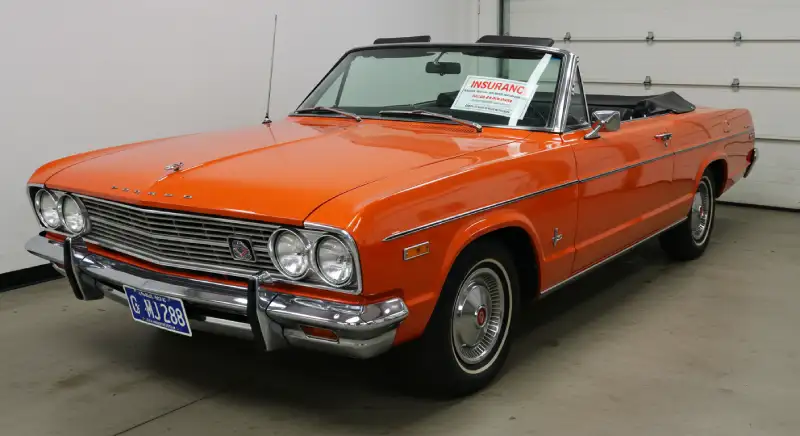Main takeaway:
You cannot check insurance directly on the DVLA website—but you can use its “askMID” link to run a free Motor Insurance Database (MID) search (now via Navigate) to confirm whether your vehicle is legally insured under Continuous Insurance Enforcement.
1. Why Checking Insurance Is Crucial
Driving any vehicle on UK public roads without valid insurance is illegal under the Road Traffic Act 1988 and the Continuous Insurance Enforcement (CIE) regime introduced in 2011. Offenders face:
| Penalty | Detail |
|---|---|
| Fixed penalty | £300 fine + 6 penalty points on licence |
| Seizure and disposal of vehicle | Police can clamp, seize, and destroy uninsured vehicles. |
| Court prosecution | Unlimited fine and potential driving disqualification. |
Keeping your vehicle insured at all times (or declared off road via a SORN) avoids these severe repercussions.
2. Continuous Insurance Enforcement (CIE)
Since October 2011, every registered keeper must hold valid motor insurance unless the vehicle is registered off the road with a Statutory Off Road Notification (SORN). Under CIE:
- The DVLA shares keeper data with the Motor Insurers’ Bureau (MIB).
- Insurers update the Motor Insurance Database (MID) each time a policy is issued or expires.
- The DVLA issues Insurance Advisory Letters (IALs) to unregistered vehicles detected by MID queries, warning keepers to insure or SORN the vehicle.
3. The Motor Insurance Database (MID) and Navigate
The MID is the single, authoritative record of all insured vehicles in Great Britain, managed by the Motor Insurers’ Bureau (MIB). In April 2024, the public askMID portal was replaced by Navigate, but the process remains free and straightforward:
- Visit the Navigate (formerly askMID) website.
- Enter your vehicle’s registration number and declare you are the registered keeper or authorised driver.
- Provide an email address to receive confirmation.
- Run the check—results display instantly, showing “Yes” if a valid policy is recorded, or “No” if not.
If your policy is brand-new, allow up to 48 hours for insurers to upload details to Navigate. However, your legal cover exists from the policy start date once you receive your insurance certificate, even if MID isn’t yet updated.
4. Using the DVLA Vehicle Information Service
The DVLA’s “Get vehicle information” service lets you check:
- Vehicle tax status
- SORN status
- MOT expiry
- Date of first registration, engine size, fuel type, CO₂ emissions, and more
It conspicuously notes:
“Use ‘askMID’ to check if your vehicle is insured.”
Thus, while the DVLA portal itself won’t display insurance status, it directs you to the free MID/Navigate check.
5. What to Do if Your Vehicle Isn’t Listed
- Contact your insurer immediately. Only they can update MID/Navigate records.
- If you intend not to drive, make a SORN on www.gov.uk/make-a-sorn — failure to do so still constitutes an offence.
- If you no longer own the vehicle, notify the DVLA by completing the V5C logbook transfer section or online, ensuring you’re not liable for an uninsurable keeper record.
6. Checking Third-Party Vehicles
You may only check another vehicle’s insurance status via a paid MID “other-vehicle” lookup (£10 fee) if involved in a road traffic incident. This service requires:
- Your name, email, and role in the incident
- Date of the incident
- Both vehicle registration numbers
Results include policy number, insurer name, and claims contact details.
7. Tips for Staying Compliant
- Set calendar reminders for insurance renewal and MOT expiry.
- Keep copies of your insurance certificate in your vehicle.
- Regularly verify that your insurer’s details match your vehicle’s registration to avoid MID mismatches and potential IALs.
Confirming your car’s insurance status via the DVLA-linked MID/Navigate check is free, quick, and legally essential for every UK driver. Always verify before driving to avoid fines, penalty points, or vehicle seizure.
